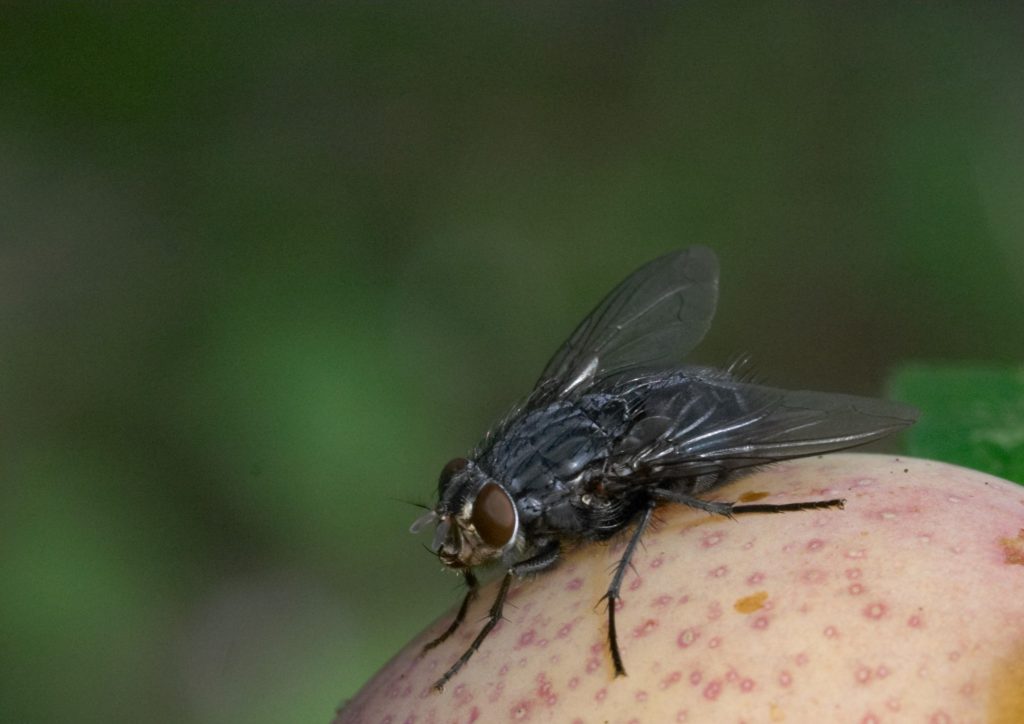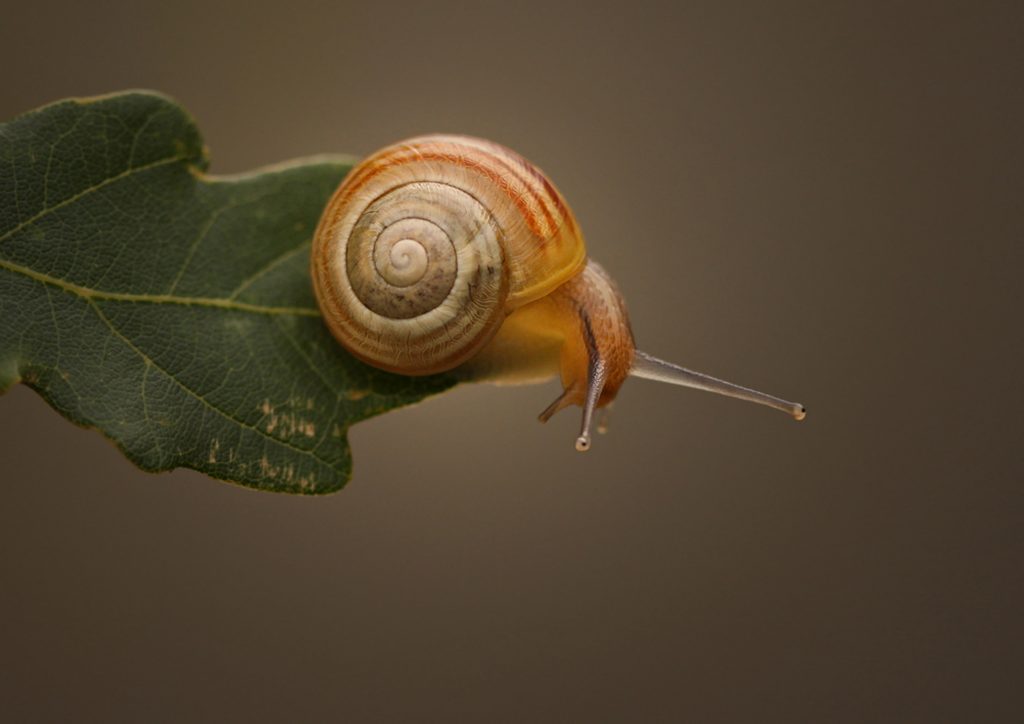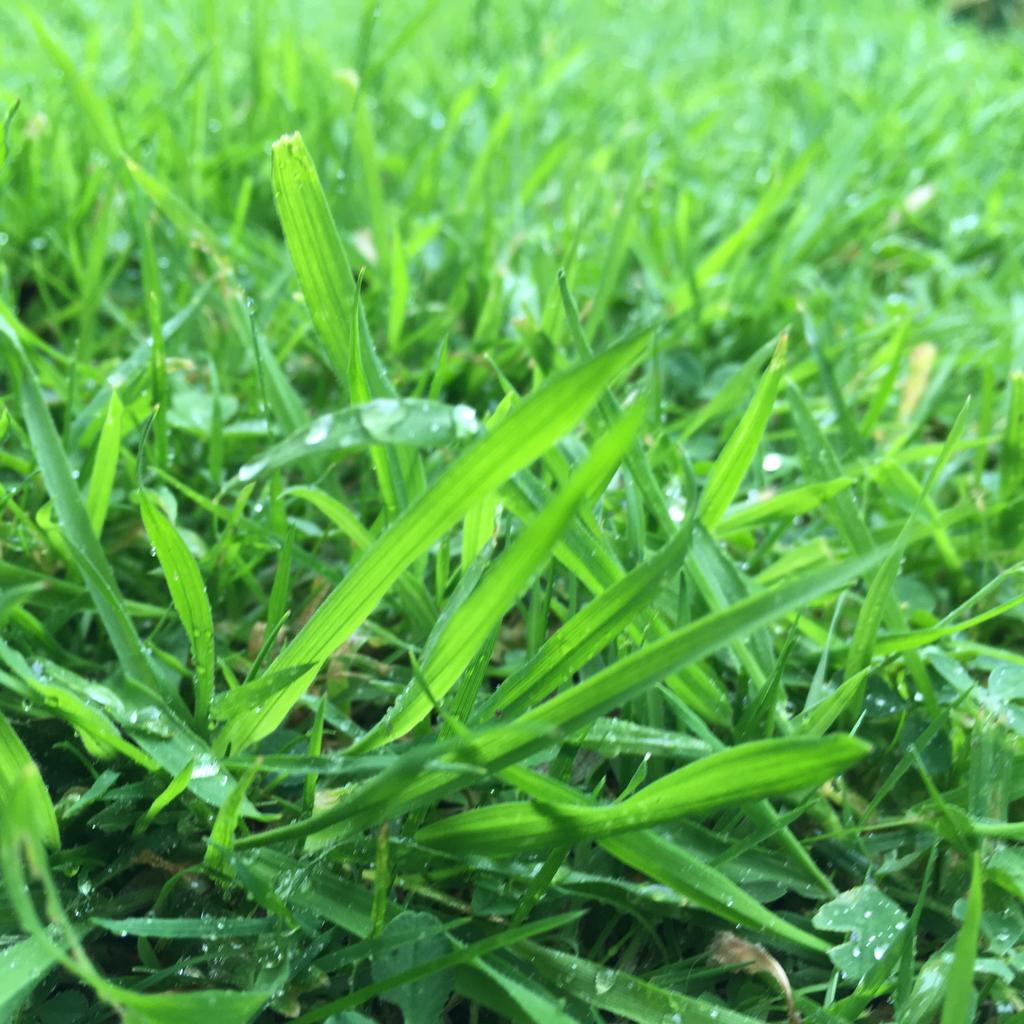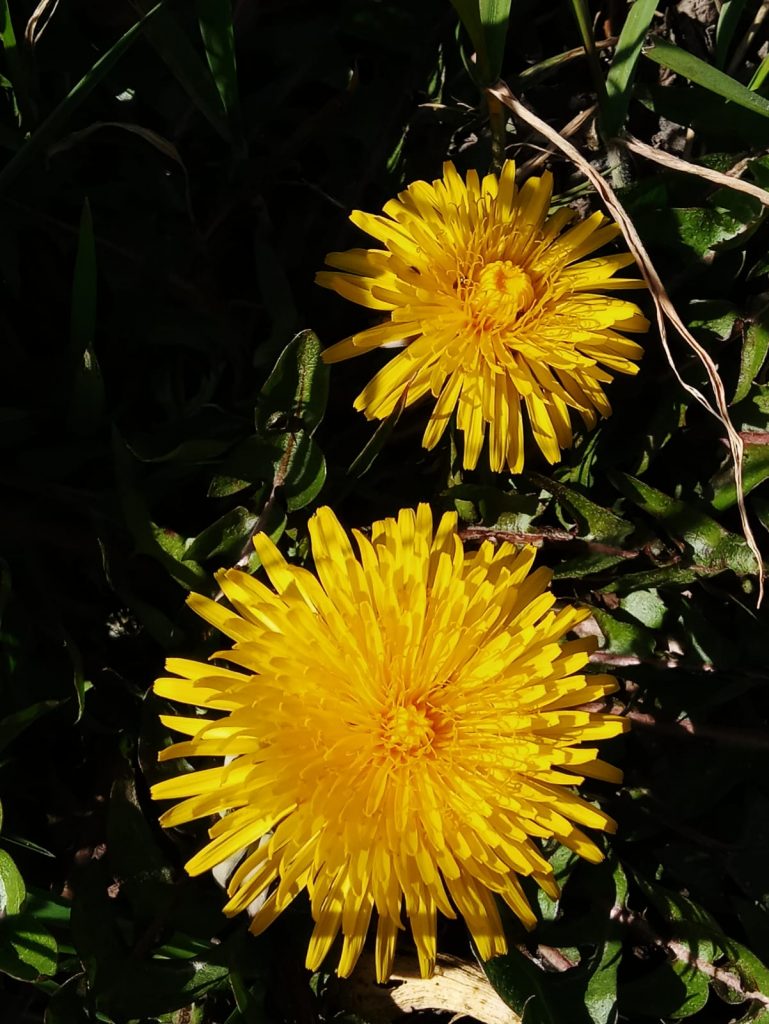The world is full of under-appreciated wildlife. Here are four species that, despite their mundane reputation, have fascinating characteristics.
Houseflies

Houseflies… yuck, no thanks! Wait – actually, the common housefly has incredible capabilities.
Like most insects, they can walk upside down thanks to pulvilli, pad-like structures covered in tiny hairs on the bottoms of their feet. The importance of their feet doesn’t stop there, however, as houseflies also taste with their feet. Chemoreceptors, organs which detect taste, are located on the lower legs, allowing the fly to taste as they walk over food materials. You might have seen flies rubbing their legs together – this is them cleaning their legs to ‘reset’ the chemoreceptors before a new meal.
Their intricate compound eyes allow houseflies to see in an almost 360° field of view, allowing them to watch out for predators whilst flying. They can process images seven times faster than humans, which is why flies can always get away so fast when someone tries to swat them. Studies have shown that male houseflies’ eyes also contain a ‘love spot’, a region important in detecting female flies to mate with.
Houseflies are adapted to an exclusively liquid diet. Their mouthparts are modified to form a proboscis which acts as a straw with a sponge on the end to efficiently suck up liquids.
We should be jealous, really. However, they can spread some pretty harmful disease-causing bacteria, so make sure they don’t land on your food!
Snails

Perhaps interesting to some, but to many snails are another commonly overlooked garden-dweller.
Snails have ‘teeth’. Not the type of teeth we have, though. Their radula, an internal feeding organ which acts like a tongue, has thousands of tiny ‘teeth’ arranged like a conveyor belt along its surface. In different species of snail, these teeth are adapted for different diets. The teeth are also constantly replaced as they are worn down, ensuring snails can always feed effectively.
Most snails are hermaphroditic, meaning they can mate with themselves if needs be. From an evolutionary point of view, this gives species a better shot at continuing the family line if no mates are available.
Snails also grow their own homes. Well… their shells. Shells are made of calcium carbonate, a strong substance which gives snails the protection they need. Sclerites are the plates making up the shell, and are secreted by the snail itself.
Grass

If you have a garden with a lawn, you might value grass for its aesthetic properties. Or maybe you appreciate its softness during a picnic in the park. Or its smoothness on golf courses. But did you know that across the world, there are 11,400 different types of grass?
All grasses belong to the Poaceae family, which is one of the most species-rich families in the world, and the 4th largest flowering plant family.
Grasses leaves are arranged in special patterns to optimise photosynthesis. Optimal photosynthesis requires maximum light capture, so leaves tend to be spread out to avoid being shaded by each other.
Most grasses can tolerate grazing, or mowing in the case of lawns. This is because their apical meristems, the part from which shoots and leaves grow from, is at or below ground level. New growth can always continue if grasses are cut – something which isn’t true for many other plants.
Finally, the Poaceae family provides around 80% of global food supply, containing over 1/3 of the most important food crops such as rice, wheat and maize. However, typical lawn grass has undergone so much artificial selection and forced evolution that it is unrecognisable from its food crop relatives!
Dandelions

Are dandelions a weed? They grow prolifically, and usually exactly where you don’t want them if you are a gardener. However, they boast unique and useful properties that might make you reconsider their reputation.
The name ‘dandelions’ is derived from the French “dent de lion”, meaning “lion’s tooth”, like the tooth-like serrations on their leaves. Their bright yellow flower heads are actually formed from many many tiny individual flowers, called florets.
Every part of a dandelion plant has a use to humans, whether that be for food, medicinal properties, or dyes. Dandelions are thought by many to have possible healing properties, although their effectiveness is debated.
Dandelions can make clones of themselves without the need for fertilisation. This is in fact a feature shared by a number of other plant species, but is the reason why their growth seems so prolific.
They also adopt the widely-used technique of nyctinasty, involving the closing of petals at night. Dandelions ‘go to sleep’ at night as a response to an ‘internal clock’. Photoreceptors, structures which detect light, have the important job of ensuring the the internal clock is set in time with levels of light in the environment.
Finally, dandelions are important flowers for pollinators such as bees. They have a long flowering season, so are depended on for consistent nectar production. Letting dandelions grow is an easy and effective way to make your garden more environmentally friendly.
